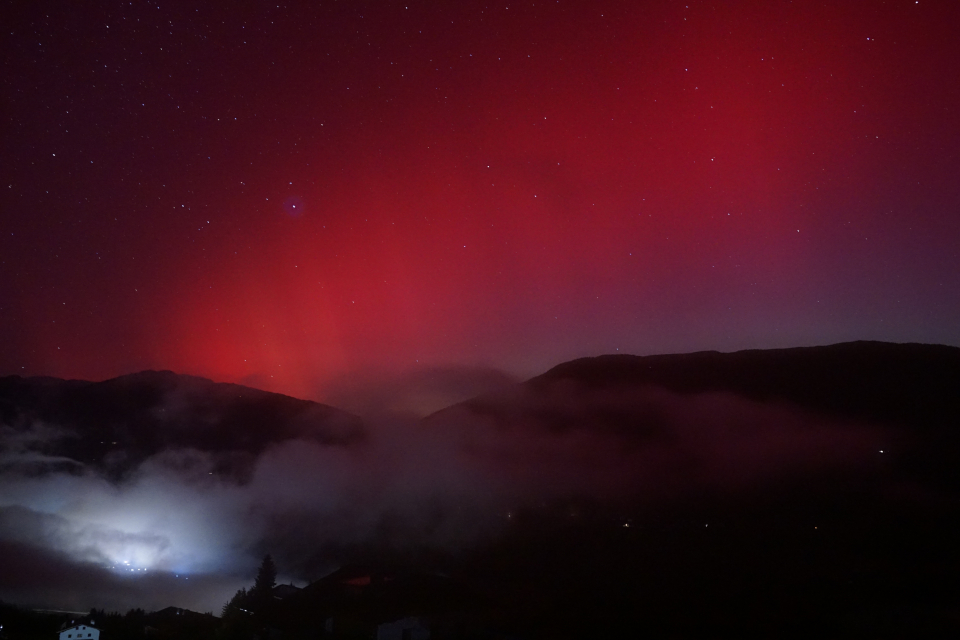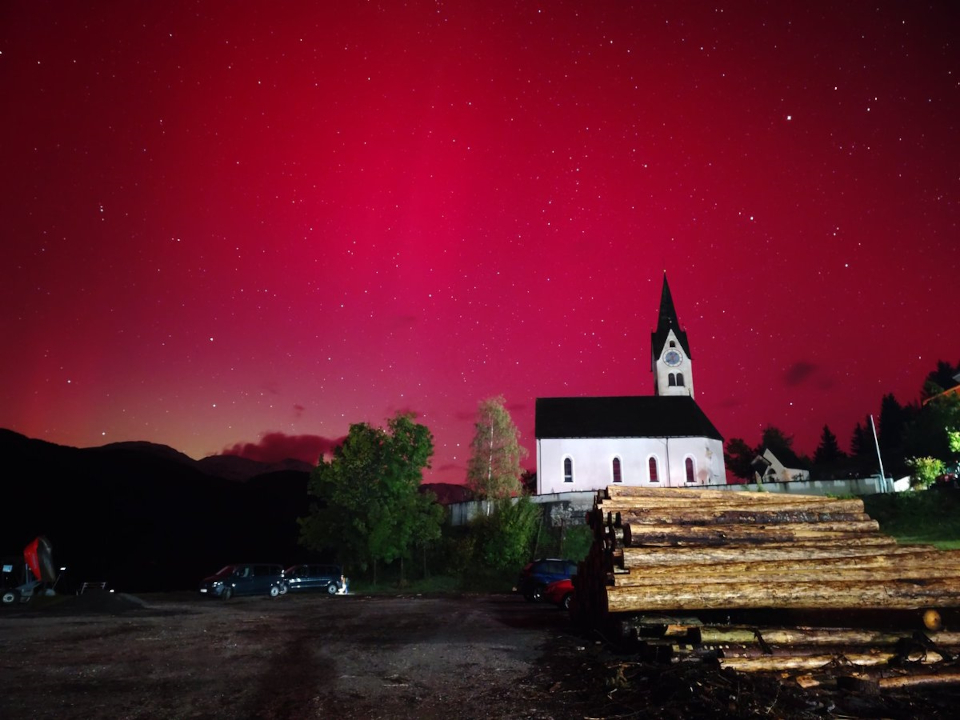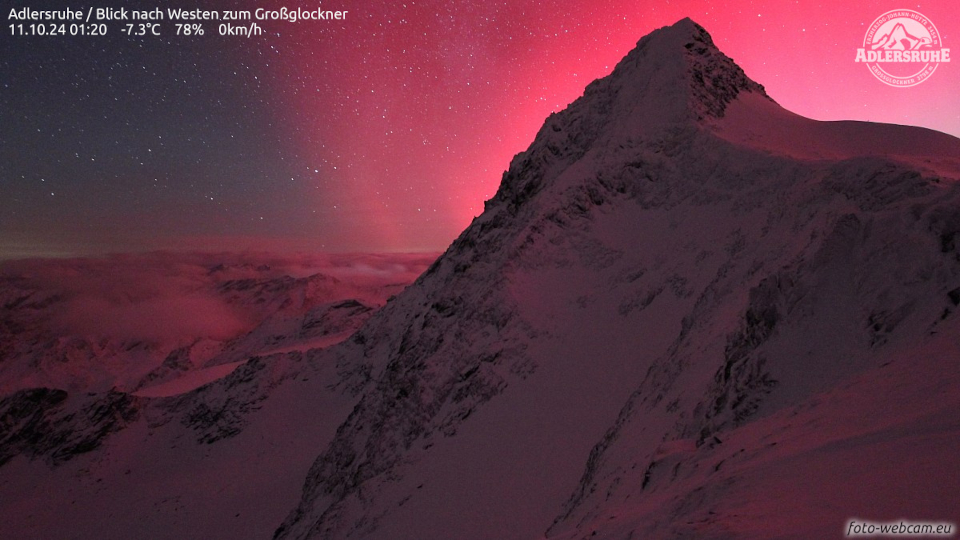Second strongest geomagnetic storm since 2005
The Space Weather Office of GeoSphere Austria registered the second strongest geomagnetic storm since 2005 during the night from Thursday to Friday. Northern lights were observed in many regions of Europe. Damage to power grids is not expected. Disruptions to global navigation systems are possible.
The sun is constantly emitting radiation and charged particles into space. During a solar flare, this stream of particles (solar wind) is significantly stronger for a short time in a limited area of the sun (solar storm). If the magnetic fields and particles of a solar storm collide with the Earth's magnetic field, auroras are possible and, in rare extreme cases, can even lead to disruptions in navigation systems and power grids.
The prediction of solar storms has so far only been possible to a limited extent, but is a key technology that has an impact on many areas of technology. The Space Weather Office of GeoSphere Austria in Graz is one of the leading groups worldwide working on more accurate forecasting models.
On Thursday, 11 October 2024, at 16:49 (Central European Summer Time), a solar storm reached the Earth and subsequently caused auroras in Austria and worldwide at high to medium latitudes. Dense clouds severely limited the visibility of the auroras in Austria. Observations were mainly possible in northern and western Europe as well as in Slovenia and Italy.
Nevertheless, some people in Austria were also able to observe the natural spectacle during the night, with the best conditions in Vorarlberg and Tyrol. The auroras can also be seen on webcams (->foto-webcam.eu).
The solar storm started in the night from Tuesday to Wednesday, accompanied by a strong burst of radiation that could be observed quite centrally on the surface of the sun at 02:00 on Wednesday. "Using so-called coronagraph images from space telescopes, it quickly became apparent that the storm was travelling towards Earth at high speed," says Eva Weiler from the Space Weather Office of GeoSphere Austria, "the parameters that can be derived from such images, in particular the direction and speed of the storm, are important initial values for models that predict the arrival time of the storms at Earth. Our solar storm model estimated the arrival time of the storm at Earth to within five hours, which is a value within the margin of error and can therefore be considered a successful prediction."
In the case of solar storms, the orientation of the magnetic field carried by the storm is decisive for effects on Earth. Satellites directly in front of the Earth measure the magnetic field of solar storms, which enables a reliable estimate of the strength of storms only 10 to 60 minutes before they hit. Initial data showed that this solar storm has an orientation that favours auroras and therefore, with a maximum magnetic field strength of around four times that of an average storm, led to strong changes in the Earth's magnetic field at times.
In addition, the high speed of the storm, which reached the Earth at 800 kilometres per second, is also a contributing factor for possible effects on the Earth. The maximum of the geomagnetic storm is likely to have been reached at 03:00 on Friday.
"As things stand, the storm is around 20 per cent weaker than the one in May this year. This makes this geomagnetic storm the second strongest in this solar cycle and since 2005 after the May event," says Space Weather expert Eva Weiler, "Impacts on the power grid are not expected, but there may be disruptions in the use of global navigation systems. The storm will continue for a few more hours on Friday, allowing for more aurora sightings in areas of the Earth that are not exposed to daylight."
The current solar cycle is stronger than the previous one. It is not entirely clear whether we are already at the peak of solar activity or just about to reach it. In the coming months, however, there could be further solar storms that hit the Earth and which could also lead to auroras in Central Europe under favourable conditions.
Translated with DeepL.com (free version)



